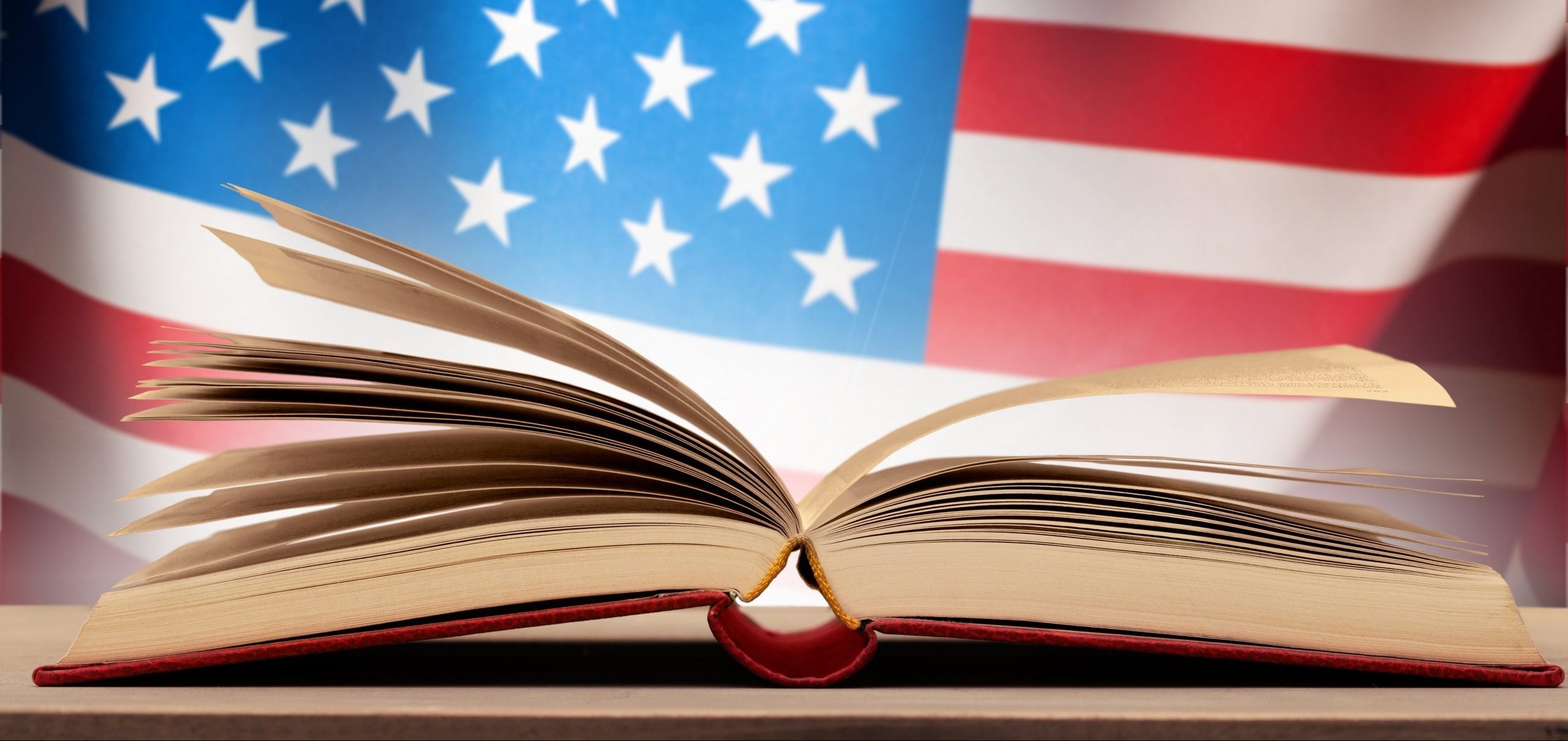What You Need
Picture and read-aloud books about historical people, places and events
or with historical settings. For possible titles, see the list of books under
the Books for Children heading of the Resources section at the end of
this booklet.
Whatto Do
★ Talk with your child about the book you’re going to read to her. Have
her look at the pictures and notice costumes, types of transportation,
houses and other things that show that the book isn’t about modern
times. Talk with her about history—the story of past times.
—As you read, stop occasionally and ask your child to talk about a
character or what is happening in the book. Encourage her to ask
you questions if she doesn’t understand something. Explain words
she may not know and point to objects that she may not recognize
and tell her what they are.
—Show enthusiasm about reading. Read the book with expression.
Make it more interesting by talking as the characters would talk,
making sound effects and using facial expressions and gestures.
★ Help your child develop a “library habit.”
Begin making weekly trips to the library
when she is very young. See that she gets
her own library card as soon as possible.
Many libraries issue cards to children as
soon as they can print their names (you’ll
also have to sign for your child).
Regularly choose books with history
themes to check out and read at home
with her. And, when she is old enough,
encourage her to continue this habit.
★ After reading a book with a historical theme, encourage your child to
make up a play for the family based on the book. If possible, allow
her to wear a costume or use props that are mentioned in the story.
What’s the Story?
Preschool–Grade 5
Good history is a story well told. Through storytelling, children are introduced
to what’s involved in writing the stories that make history. They begin to
understand that different people may tell the same story in different ways.
What You Need
Family members and friends
A book of fairy tales or folk tales
Whatto Do
★ Gather your child and other family members in a circle and have a
storytelling session. Choose a person that you all know well—a
relative, friend or neighbor. Begin a group story about that person,
explaining that nobody can interrupt the story. Say, for example,
“Remember the time that Uncle Jack decided to help us by fixing
that leaky faucet in our kitchen?” Then go clockwise around and
have each person add to the story. Set a time limit, say three times
around the circle so that you must end the story somewhere. Talk
about the story. Are there any disagreements about what really
happened and what was just opinion—or just added on for fun? If
so, how can you settle any differences of opinion about what “really
happened”?
★ Read aloud a fairy tale or folk tale. You might choose, for example,
Little Red Riding Hood or The Story of Johnny Appleseed (for more titles,
check the Resources section at the end of this booklet). Talk with
your child about how the story begins and ends, who the characters
are and what they feel and what happens in the story. Ask him how
a “made-up” story is different from the story you told about the real
person you know.
★ Pick a moment in history, for example the fall of the Berlin Wall, the
storming of the Bastille in France, the assassination of President
Abraham Lincoln or a current event in the news. Take your child to
your local library and ask the children’s librarian to help you choose
books and other materials about the event that are age-appropriate
for your child. Read the book aloud with a young child; for an older
child, have him read it aloud to you or read it on his own and then
talk with him about the book.


